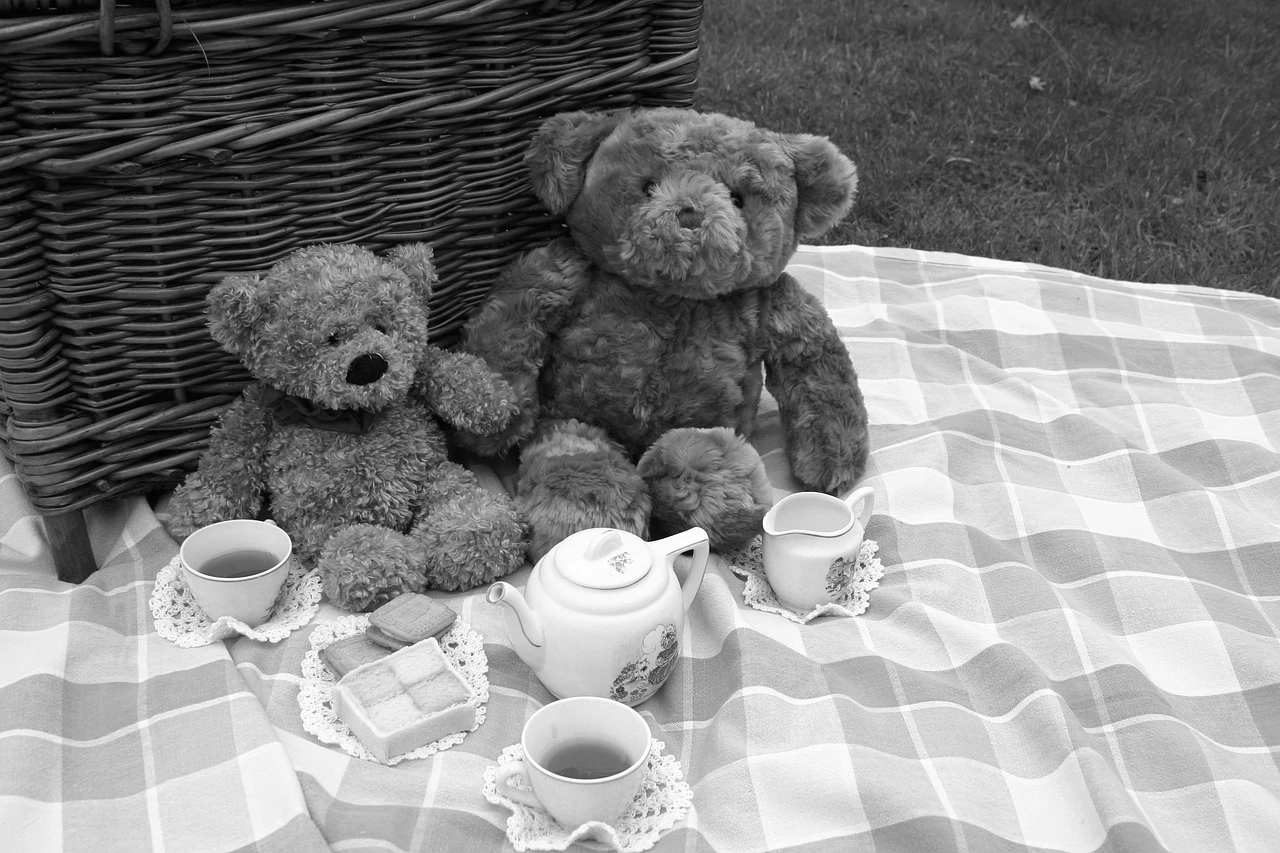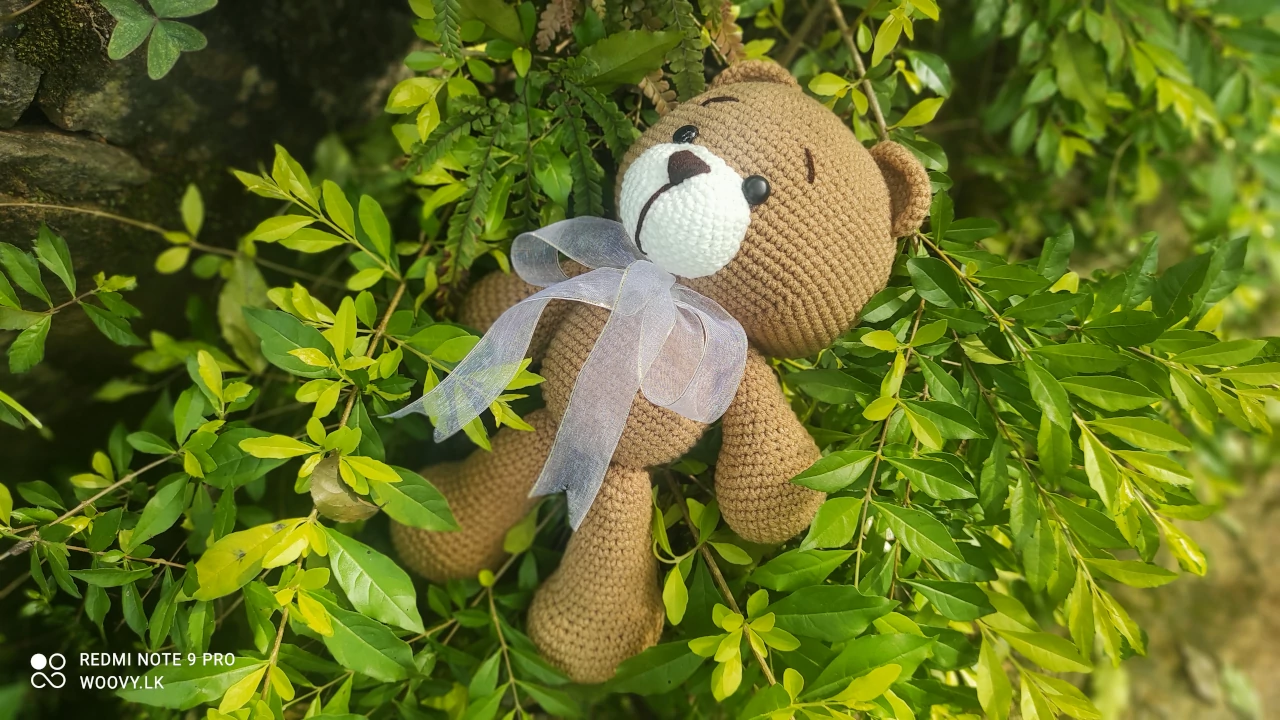
Uncover the Secret Meaning Behind the Lyrics of the Teddy Bear Picnic Song
Many kids have loved the Teddy Bear Picnic Song for a long time. It’s a popular song for children that has been enjoyed for many generations. The Teddy Bear Picnic Song has become famous worldwide because of its enjoyable lyrics and catchy melody, which makes it a top choice for children’s programs like daycares and preschools. Let’s explore the history, lyrics, and significance of the Teddy Bear Picnic Song.
Lyrics of the Teddy Bear Picnic Song
The Teddy Bear Picnic Song was first written and composed by Irish songwriter Jimmy Kennedy and British composer John Bratton in 1907. The Teddy Bear Picnic Song was initially published in 1932 and has been cherished as a timeless favorite among children’s songs.
If you go down in the woods today
You’re sure of a big surprise
If you go down in the woods today
You’d better go in disguise!For every bear that ever there was will gather there for certain
Because today’s the day the Teddy Bears have their picnicPicnic time for Teddy Bears
The little Teddy Bears are having a lovely time today
Watch them, catch them unawares
And see them picnic on their holidaySee them gaily gad about
They love to play and shout
They never have any cares
At six o’clock their Mommies and Daddies
Will take them home to bed
Because they’re tired little Teddy BearsEvery Teddy Bear who’s been good is sure of a treat today
There’s lots of marvelous things to eat and wonderful games to play
Beneath the trees where nobody sees
They’ll hide and seek as long as they please
‘Cause that’s the way the Teddy Bears have their picnicPicnic time for Teddy Bears
The little Teddy Bears are having a lovely time today
Watch them, catch them unawares
And see them picnic on their holiday
See them gaily gad about
They love to play and shout
They never have any cares
At six o’clock their Mommies and Daddies
Will take them home to bedBecause they’re tired little Teddy Bears
Because they’re tired little Teddy Bears
Meaning of the Teddy Bear Picnic Song
The meaning behind “The Teddy Bear Picnic” song is rooted in the idea of childhood innocence and imagination. The song is about a group of teddy bears who come alive and have a picnic in the woods, accompanied by various other woodland animals. The idea of inanimate objects coming to life and engaging in activities is a common theme in children’s literature, and “The Teddy Bear Picnic” song is no exception.
The song’s lyrics encourage children to use their imaginations and create their teddy bear picnics. The idea of teddy bears having a picnic in the woods is both whimsical and charming, and it allows children to explore their creativity and imagination. The song encourages children to use their imagination, promoting the significance of playtime, and enabling them to investigate the world around them in an entertaining and captivating manner.
At its core, “The Teddy Bear Picnic” song is about the joys of childhood and the importance of play and imagination. The song’s lyrics, melody, and imagery all work together to create a magical and enchanting world that children can explore and enjoy. Even after many years, “The Teddy Bear Picnic” song is still a timeless classic that captures the hearts and imaginations of children all over the globe.
Significance and Impact of the Teddy Bear Picnic Song
The Teddy Bear Picnic Song changed children’s culture since its creation in the early 20th century. The song has several important values, including educational, emotional, and cultural significance.
Educational Value of the Teddy Bear Picnic Song
“The Teddy Bear Picnic” song can be used as an educational tool in various ways. The song is an excellent tool for introducing young children to the idea of having picnics and participating in outdoor activities. Teachers and parents can use the song to teach children about the different types of foods that are typically eaten during picnics, such as sandwiches, fruit, and lemonade.
The song can also be used to help children learn about different types of animals. The song’s verses mention different animals, including teddy bears, bunnies, and squirrels, which can help children learn about these animals and their habitats.
In addition, “The Teddy Bear Picnic” can be used as a tool to teach children about the importance of imagination and creativity. The song inspires children to use their imaginations to plan their teddy bear picnics, which can support them in developing their creativity and problem-solving abilities.
Conclusion:
“The Teddy Bear Picnic” song is a classic children’s song that has been enjoyed by generations of children. Because of its enjoyable lyrics and catchy tune, the song is beloved by many young children and can be utilized in various educational contexts. “The Teddy Bear Picnic” can serve as a valuable resource for parents and teachers because it can be utilized to educate children about various topics such as picnics, animals, imagination, and creativity.
FAQs:
Who wrote “The Teddy Bear Picnic” song?
“The Teddy Bear Picnic” song was written by John Walter Bratton and the lyrics were written by Jimmy Kennedy.
When was “The Teddy Bear Picnic” song first recorded?
“The Teddy Bear Picnic” song was first recorded in 1932.
Is “The Teddy Bear Picnic” song still popular today?
Yes, “The Teddy Bear Picnic” song is still popular today and is considered a classic children’s song.
Can “The Teddy Bear Picnic” song be used in the classroom?
Yes, “The Teddy Bear Picnic” song can be used in the classroom as an educational tool to teach children about picnics, animals, and imagination.
Are there any books or videos based on “The Teddy Bear Picnic” song?
Yes, there are many books and videos based on “The Teddy Bear Picnic” song, which can be used to further reinforce its educational value.



